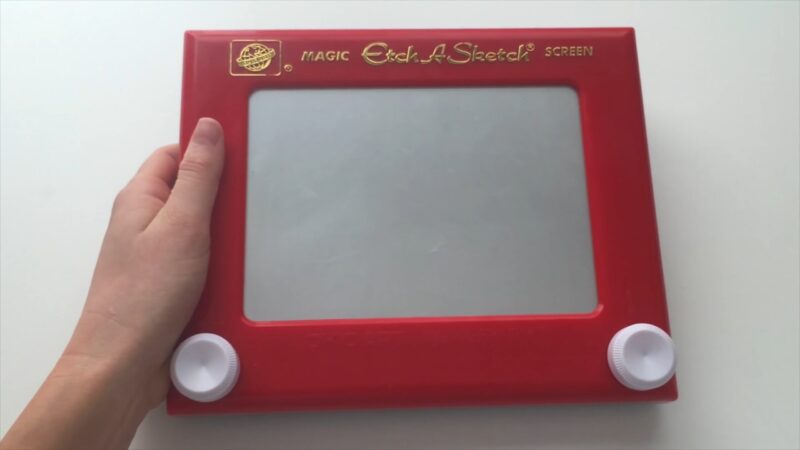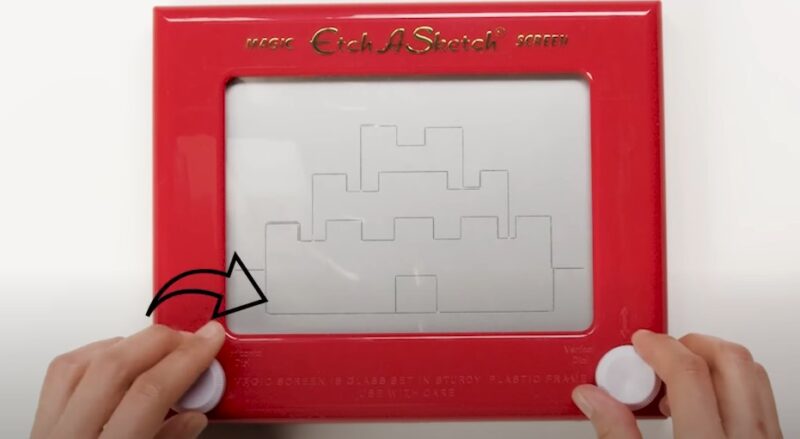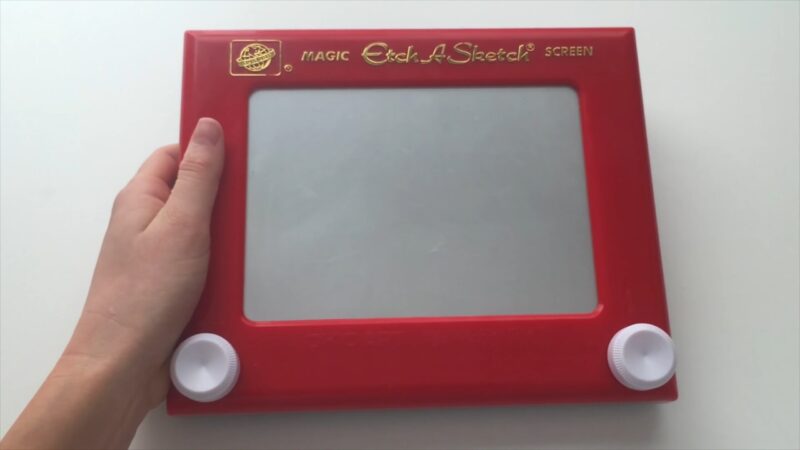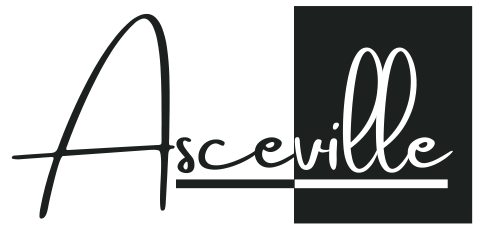The Etch-A-Sketch is a timeless childhood toy that has remained popular for more than 60 years. It’s a magical device that allows anyone to transform two simple dials into a canvas of creativity. But have you ever stopped to ponder about the fascinating science that drives this toy? In this article, we’ll explore the engineering marvel hidden inside this classic toy.
A Brief History
Before diving into the mechanisms that make the Etch-A-Sketch work, let’s take a moment to explore its history. It’s a tale of ingenuity and persistence that brings together elements of art, creativity, and, of course, science.
Inception and Development
In 1955, French electrician André Cassagnes stumbled upon the concept that would eventually lead to the creation of the Etch-A-Sketch. It was an accidental invention inspired by observing how aluminum powder used in his electrical work would cling to a translucent plastic surface due to static electricity.
Initially, Cassagnes built a prototype, then known as the ‘Telecran’, which was powered by a joystick rather than the two-knob system we know today. Despite several rejections, he continued to refine his design, eventually gaining the attention of the Ohio Art Company, which acquired the rights to his invention. After further development, the Etch-A-Sketch was launched in 1960, and it quickly became a beloved toy worldwide.
The Etch-A-Sketch Today
The design of the Etch-A-Sketch has remained relatively unchanged since its inception. It’s still a red rectangular box with two white knobs. However, it has seen some variations and special editions, including themed models and modernized versions compatible with digital platforms.
- The original Etch-A-Sketch measures 9 x 7 inches, but smaller and larger versions have also been produced.
- In 2020, a limited “diamond edition” was released to celebrate the toy’s 60th anniversary, featuring a black frame with sparkles.
- In 2020, Spin Master Corp. launched Etch-A-Sketch Revolution, a variation on the classic toy that includes a spinning screen for creating circles with ease.
Unveiling the Mechanism: How Does Etch-A-Sketch Work?
It’s now time to delve into the science behind the Etch-A-Sketch. It’s a straightforward concept, yet it involves fascinating elements of physics and engineering.
The Magic Screen
At first glance, the Etch-A-Sketch might seem like a magic screen where your creativity comes alive. But what’s really happening is a lot less mystical but no less fascinating.
Inside the toy is a glass panel filled with a mixture of fine aluminum powder and tiny polystyrene beads. The aluminum powder clings to the inside of the glass, creating the ‘gray’ appearance of the unetched screen. When you turn the Etch-A-Sketch upside down and shake it, the polystyrene beads evenly distribute the aluminum powder across the screen, ‘erasing’ any previous drawings.
The Etching Stylus and Knobs

A key part of the Etch-A-Sketch magic is the way your drawings appear on the screen as you turn the knobs. The knobs are connected to a pair of orthogonal rails, which control a stylus’ horizontal and vertical movement.
The stylus, positioned just a hair’s breadth away from the glass panel, scrapes away the aluminum powder as it moves. This scraping action reveals the clear glass beneath the powder, creating the ‘lines’ you see on the screen. As you twist the knobs, you’re directing the stylus to move in different directions, letting you create any image your heart desires.
The Engineering Marvel Inside
Beyond the initial ‘wow’ factor, the Etch-A-Sketch stands as a testament to ingenious engineering. Let’s peel back the layers and understand the inner workings of this toy.
The Pulley System: The Heart of the Operation
The real magic of the Etch-A-Sketch lies in its pulley system. Inside the toy, a complex set of pulleys and wires translate the motion of the two knobs into movement for the stylus.
Each knob controls a separate axis. The left knob moves the stylus horizontally (left and right), while the right knob moves it vertically (up and down). They work in unison to allow for diagonal movement. This setup involves a simple yet clever use of mechanical engineering principles to deliver an intuitive user experience.
The Craftsmanship: Simple, Yet Complex
At its core, the Etch-A-Sketch is a marvel of design and manufacturing. The internal components must be precisely aligned for the toy to function correctly, demonstrating a high level of craftsmanship.
The orthogonal rails, for instance, have to be set at exact right angles to each other to ensure the stylus moves correctly. Additionally, the stylus must be positioned at just the right distance from the glass screen, and the powder mixture inside must be properly balanced to ensure smooth operation.
The Physics Behind the Toy

As we’ve seen, engineering plays a crucial role in the workings of the Etch-A-Sketch. However, there’s also a fair bit of physics involved, particularly regarding static electricity and friction.
Static Electricity: The Invisible Glue
Static electricity is the invisible force that holds the aluminum powder to the screen. This phenomenon occurs when certain materials are rubbed together, causing a build-up of electric charges.
In the case of the Etch-A-Sketch, static electricity is created when the toy is shaken, causing the polystyrene beads to rub against the aluminum powder. This friction generates static electricity, causing the aluminum powder to stick to the glass screen. This property makes the ‘erase’ feature of the toy possible and is fundamental to its operation.
Friction: The Force That Etches
The other physical force at work in the Etch-A-Sketch is friction. As the stylus moves across the glass screen, it creates enough friction to remove the aluminum powder, revealing the clear glass underneath.
The polystyrene beads also play a role here. As they are smaller and lighter than the aluminum powder particles, they don’t stick to the screen. Instead, they serve as tiny ‘rollers’ between the screen and the stylus, allowing the stylus to glide smoothly across the screen without scratching the glass.
Applications of the Etch-A-Sketch Concept

Though it’s primarily known as a beloved children’s toy, the underlying principles of the Etch-A-Sketch have been applied in other surprising ways. Let’s discover a few interesting examples of where this technology has been utilized.
1. In Education
The Etch-A-Sketch is not just a toy; it’s a teaching tool. Its design is simple, yet it’s a practical way to demonstrate several scientific principles to students.
- Physics: As we’ve discussed, the toy employs the principles of static electricity and friction. Students can see these principles in action and gain a better understanding of them.
- Engineering: The internal pulley system demonstrates the basics of mechanical engineering.
- Math: By learning to create drawings with horizontal, vertical, and diagonal lines, children can develop an early understanding of geometry and coordinates.
2. In Robotics and Coding
Believe it or not, the Etch-A-Sketch has been integrated into robotics and coding initiatives as well. Hobbyists and developers have programmed robots and computers to control the knobs of an Etch-A-Sketch to create intricate designs.
For example, there are Arduino projects that interface with an Etch-A-Sketch to reproduce digital images. These projects involve complex coding and precise motor control, allowing the Etch-A-Sketch to serve as a platform for exploring both software and hardware development.
Final Words
The Etch-A-Sketch isn’t just a toy; it’s a fascinating amalgamation of art, science, and engineering. It’s a testament to human ingenuity and creativity that continues to delight and inspire people of all ages. The next time you pick one up, take a moment to appreciate the remarkable scientific and engineering marvel that lies within.







